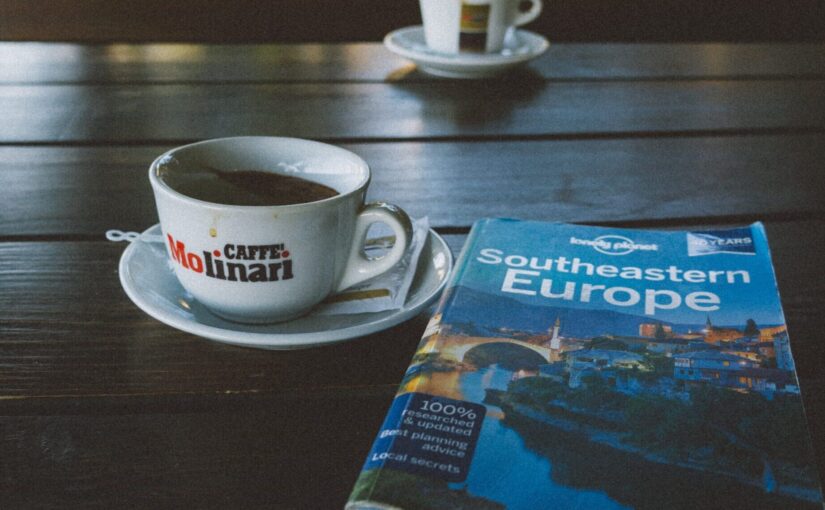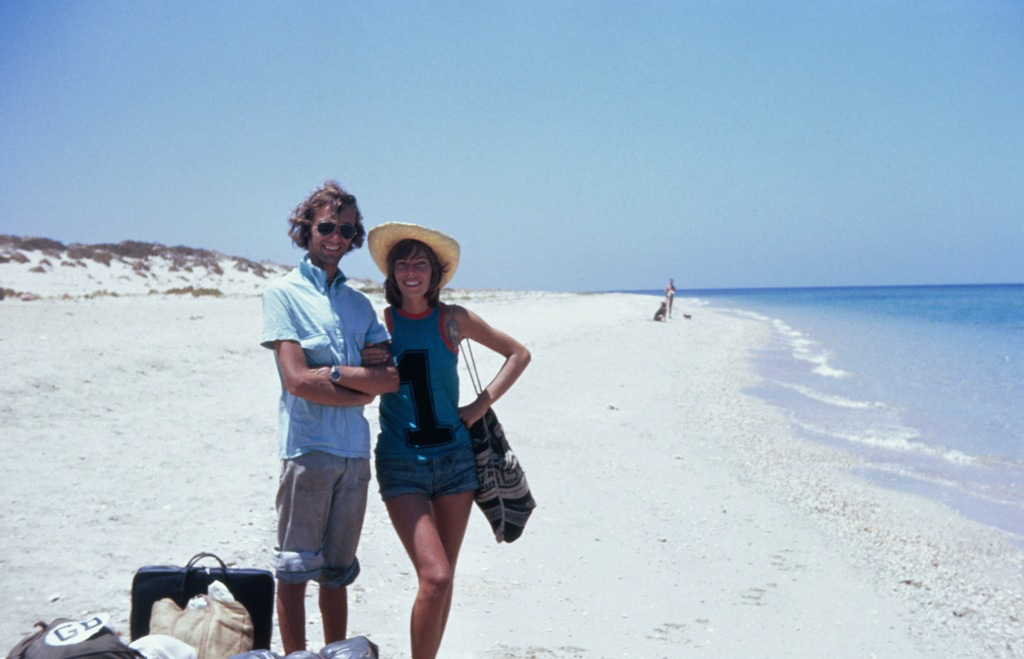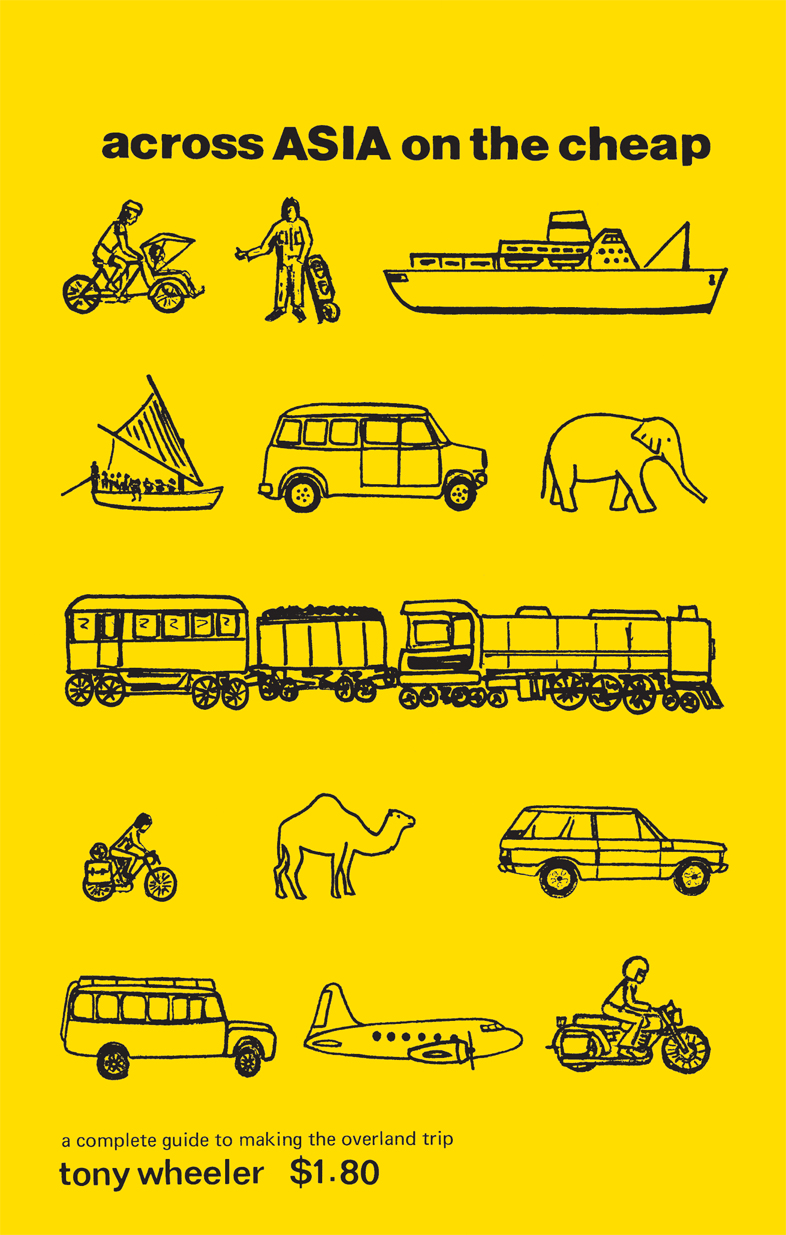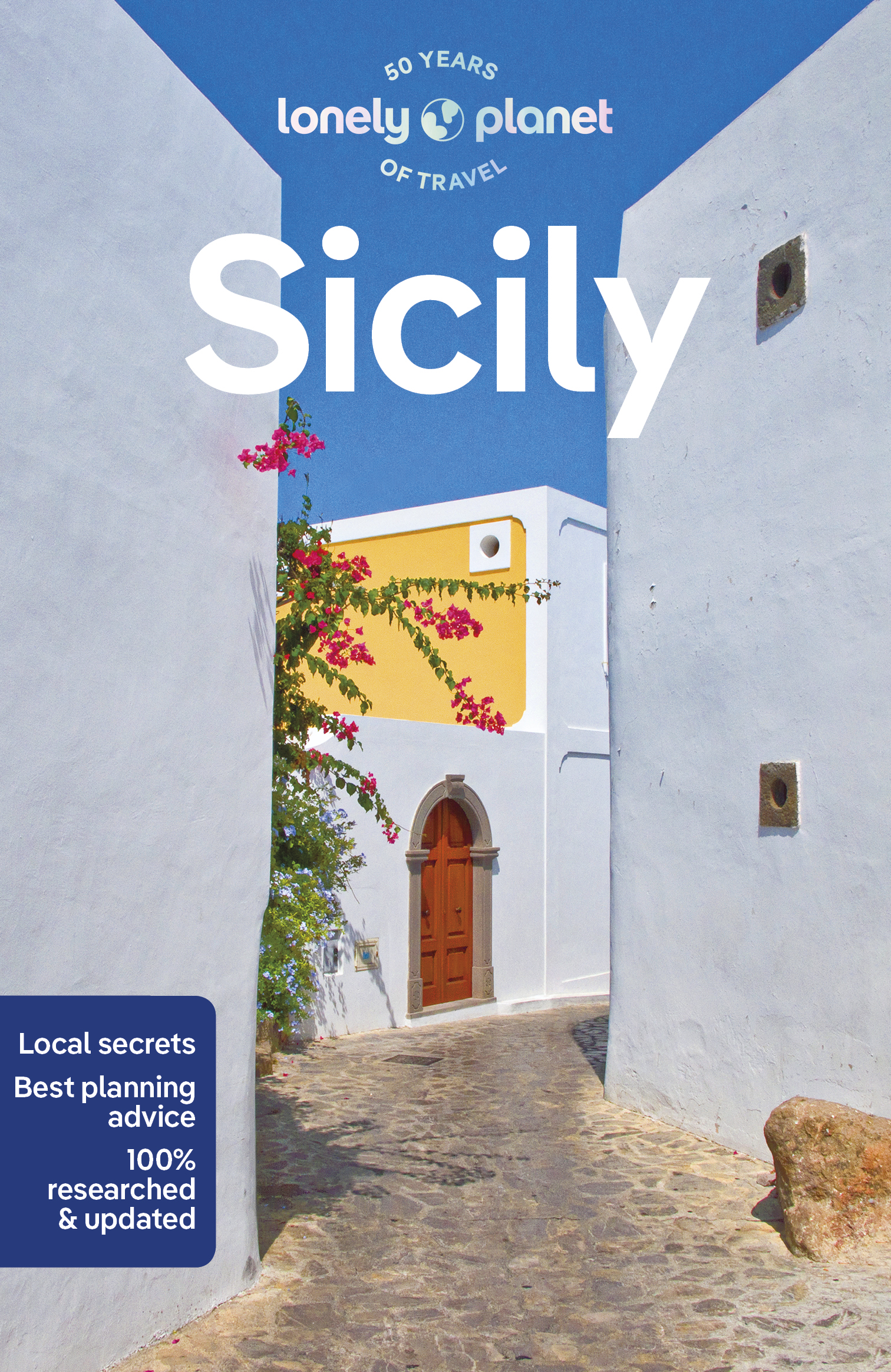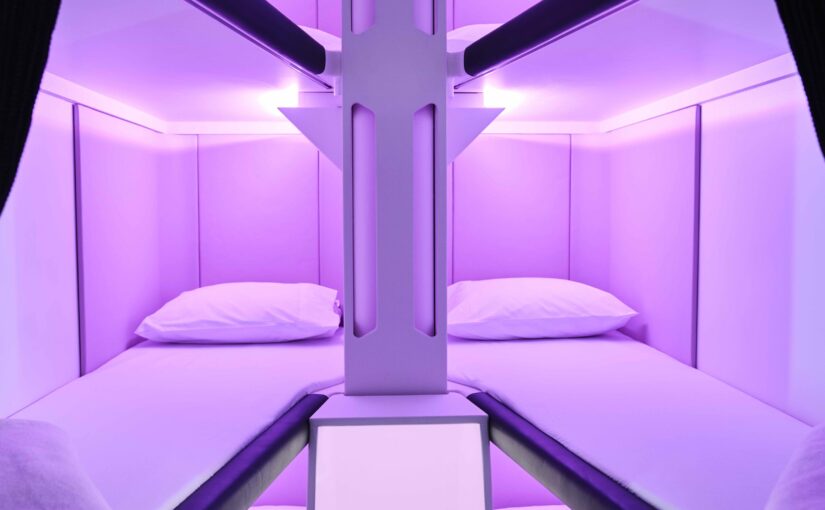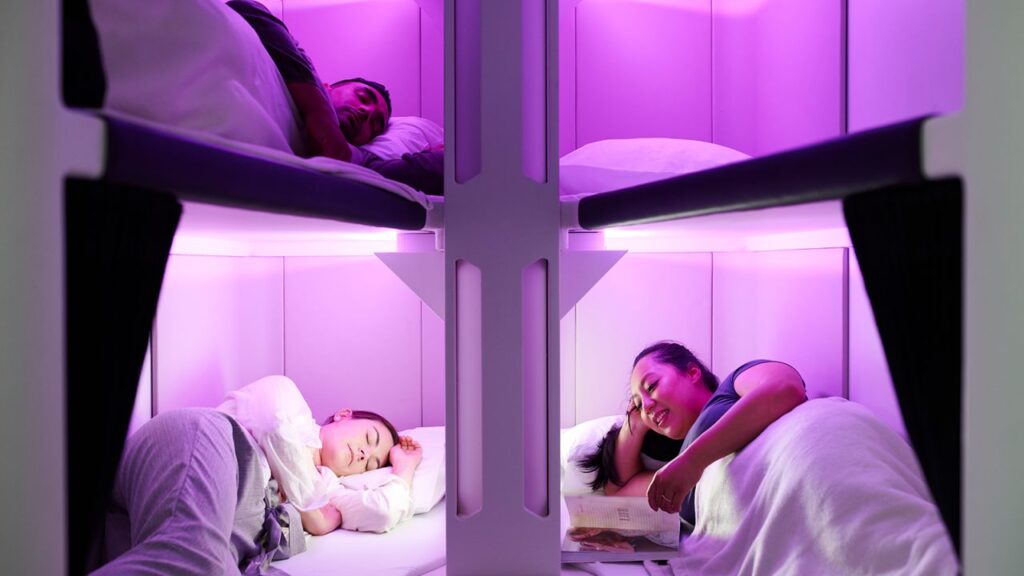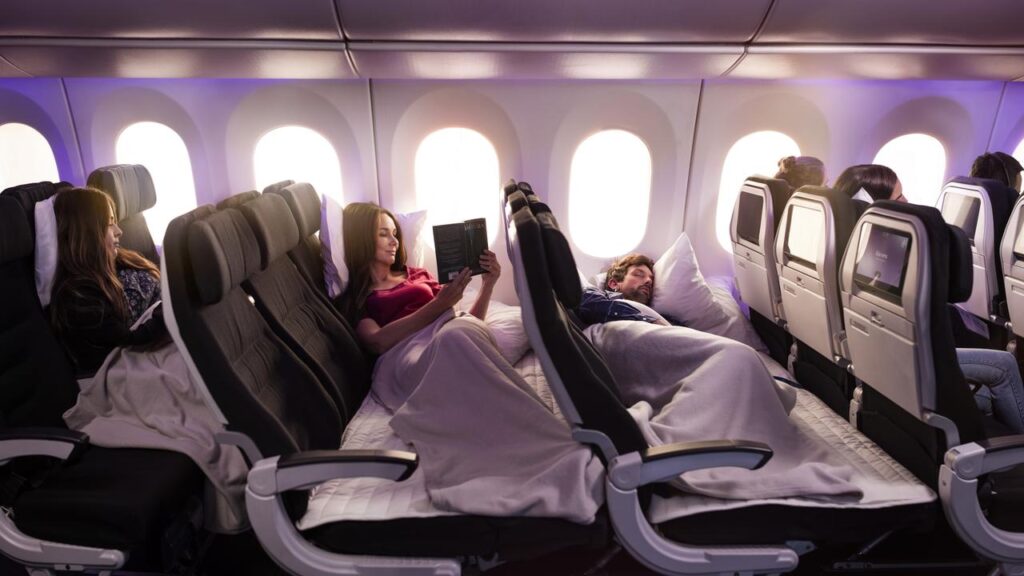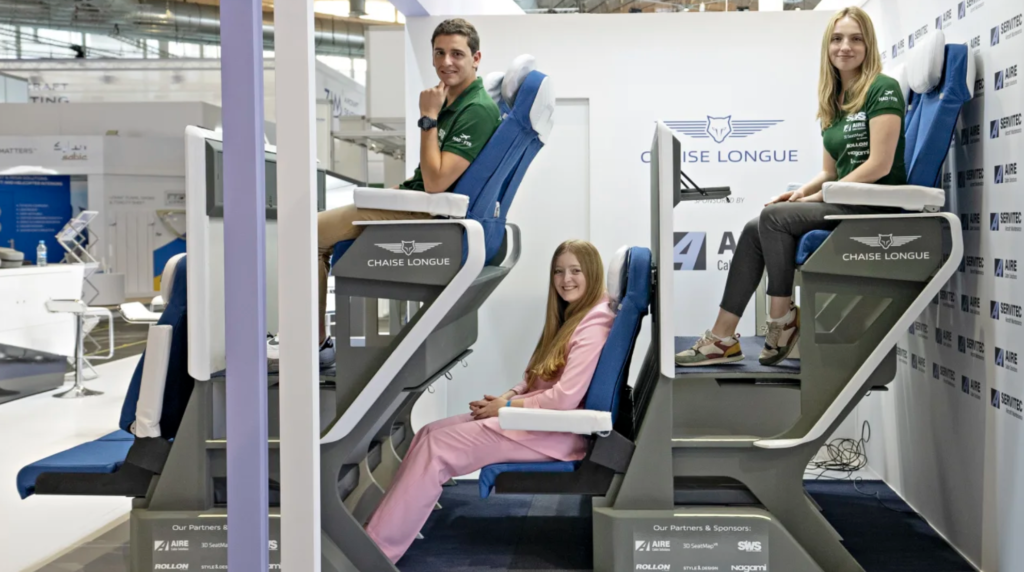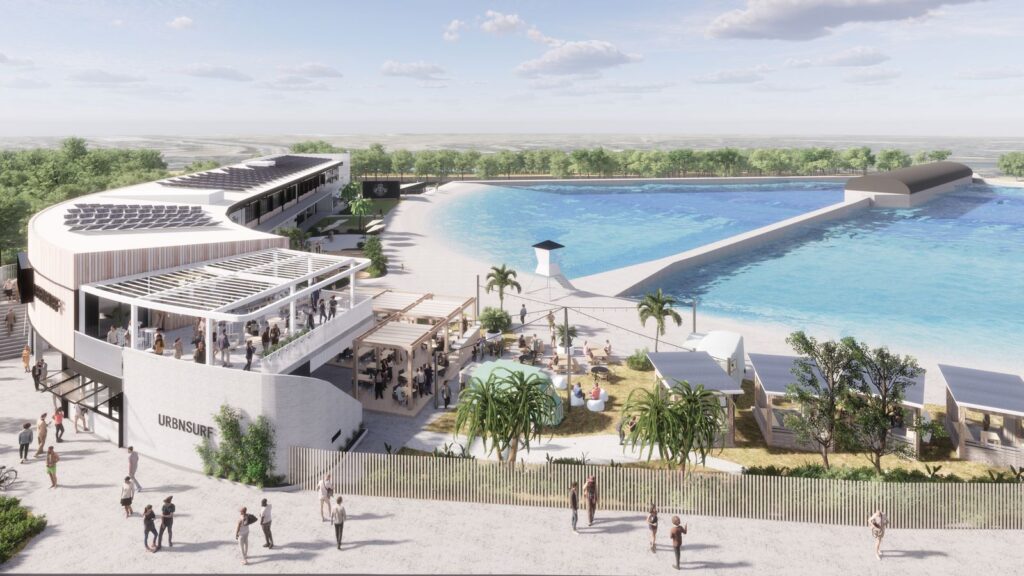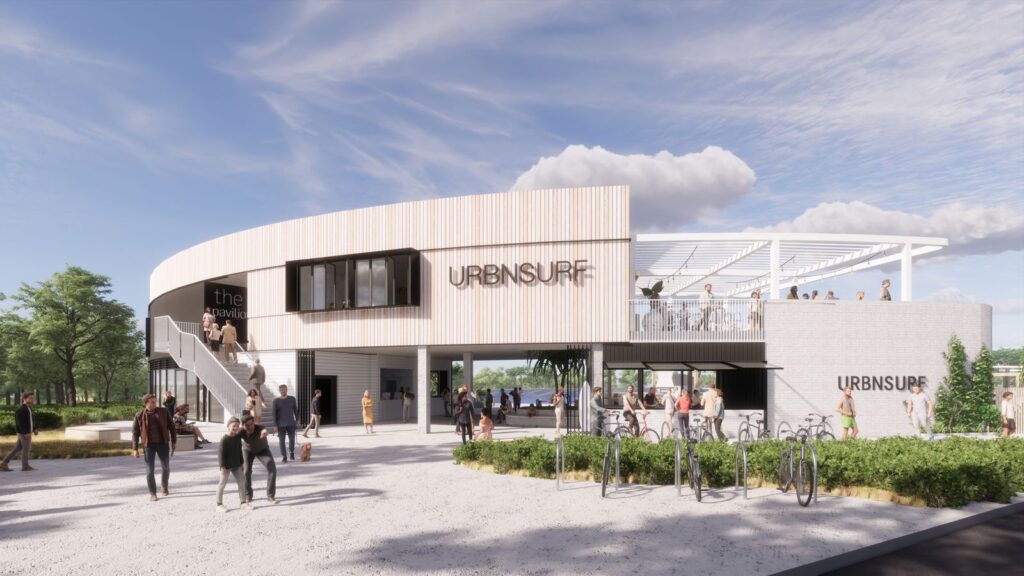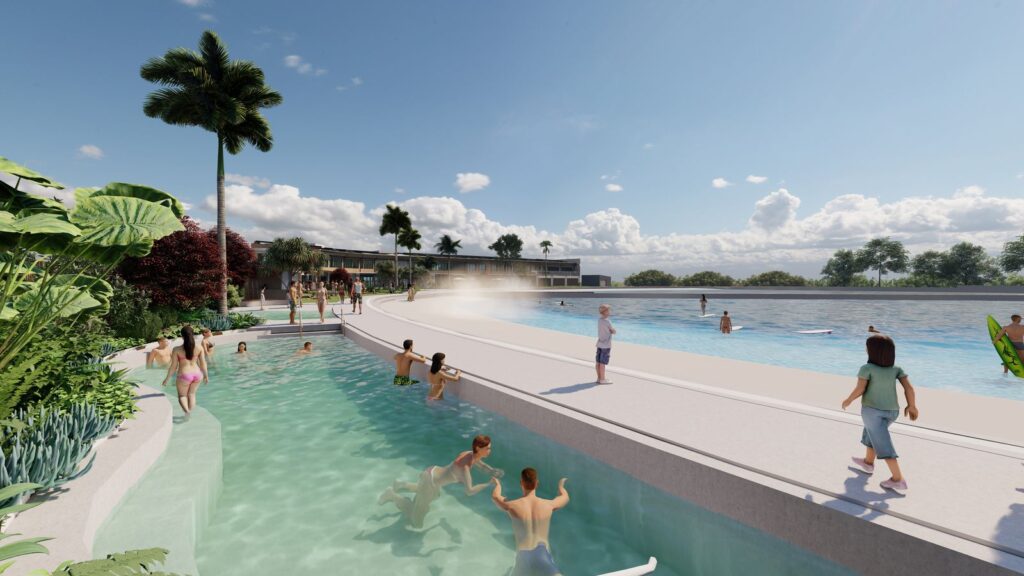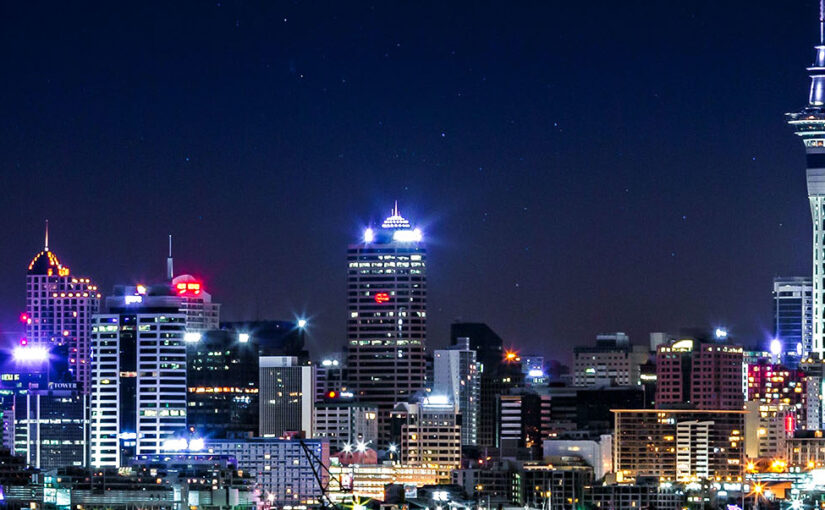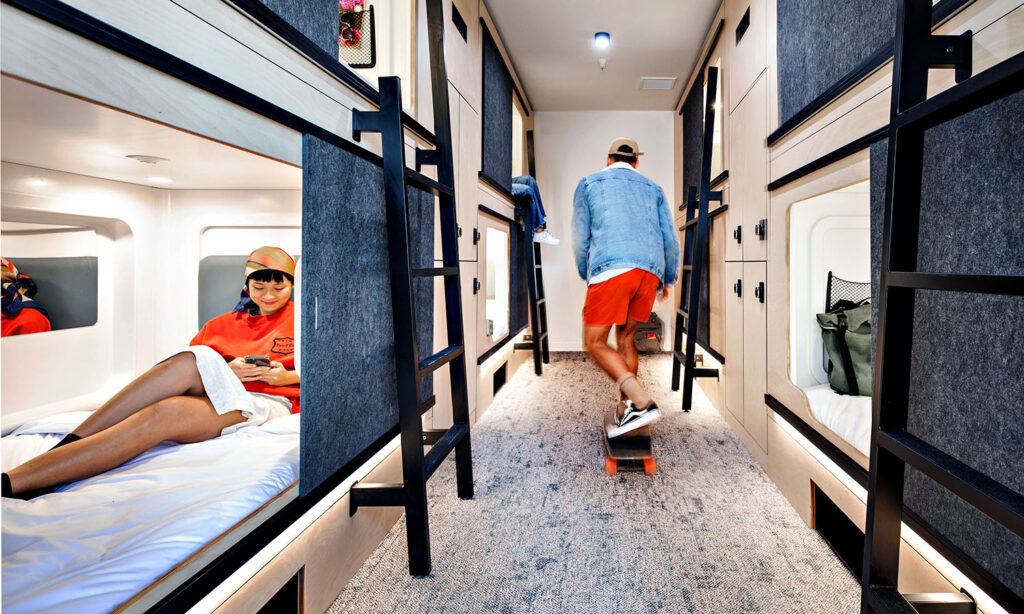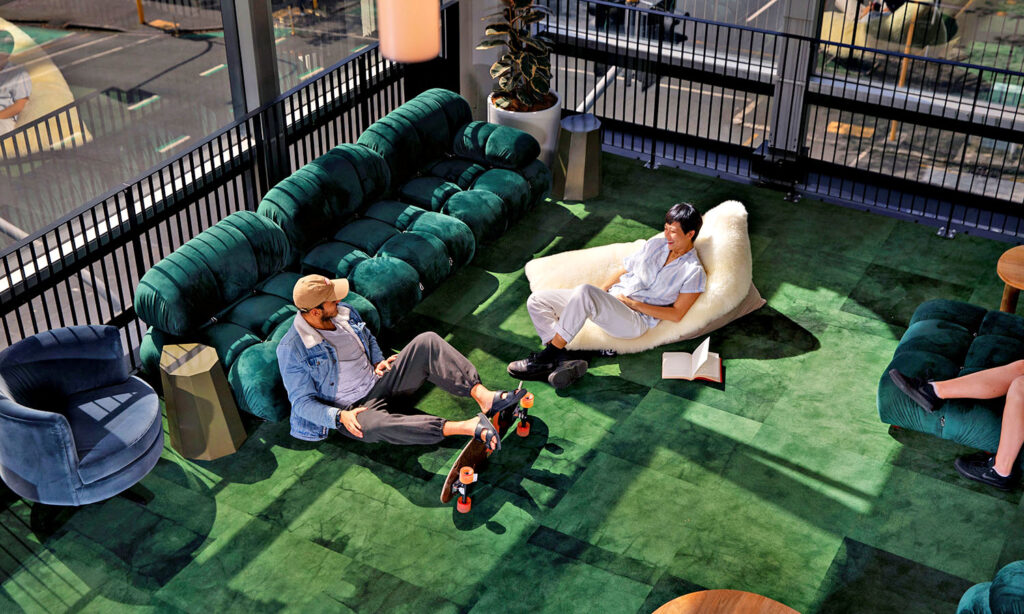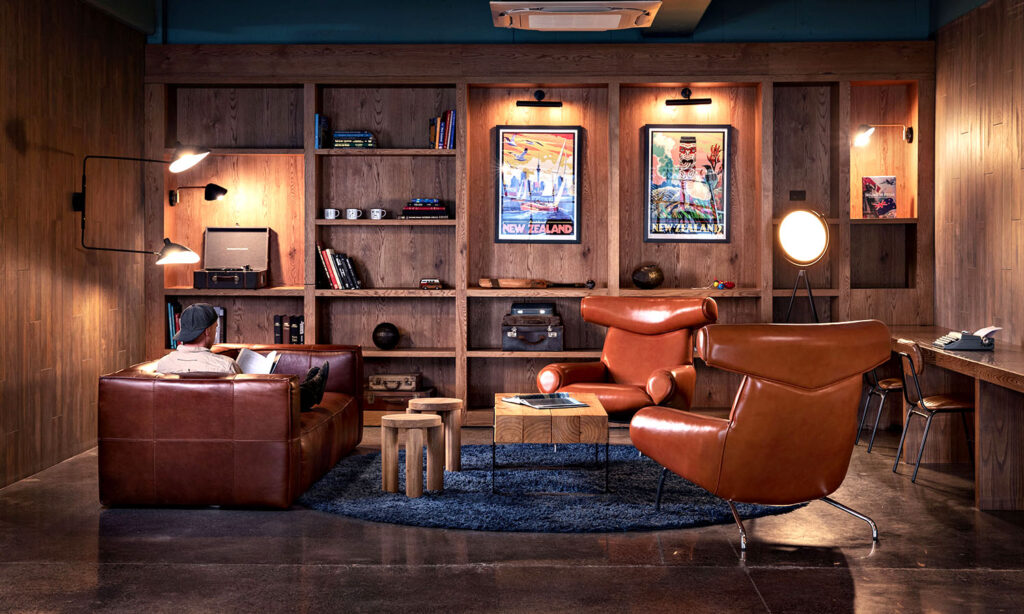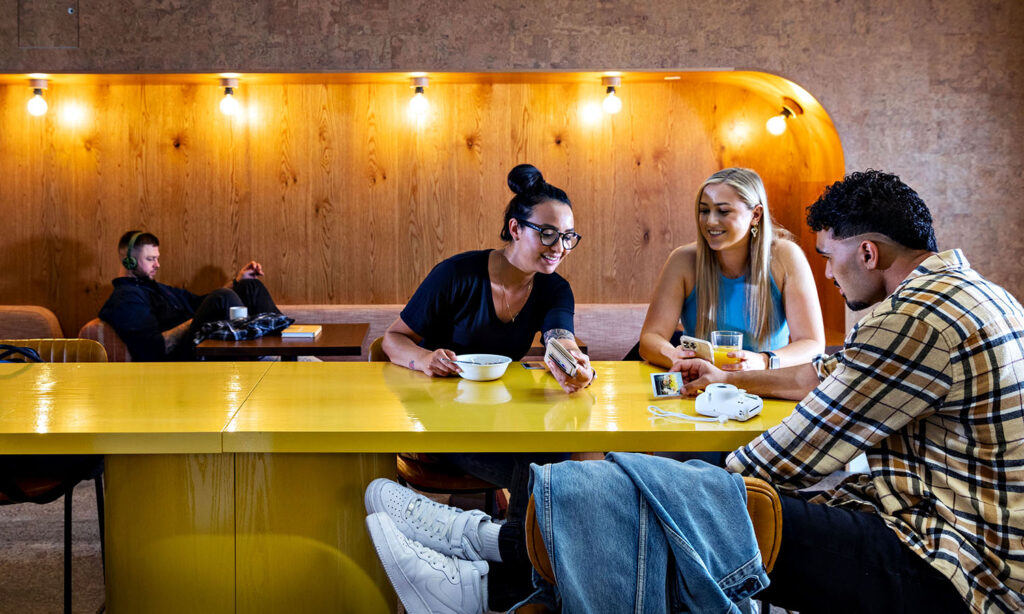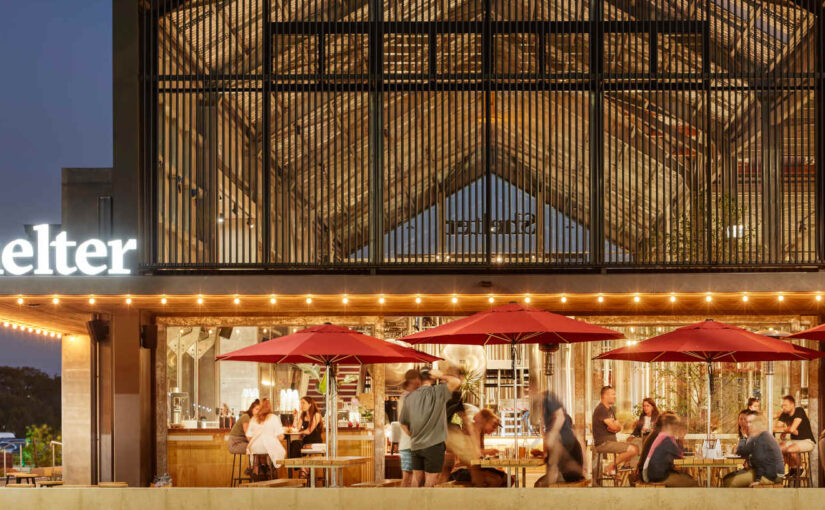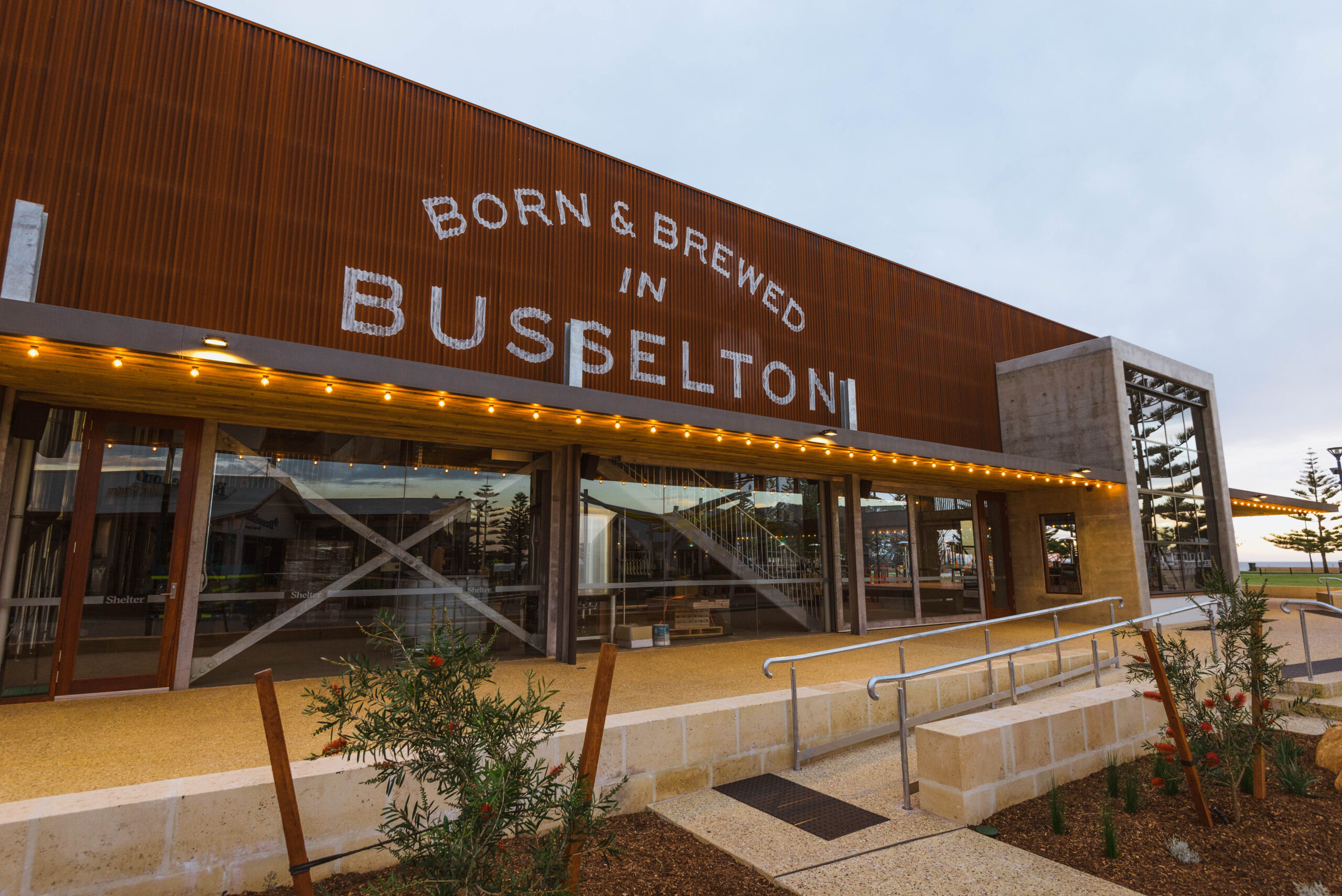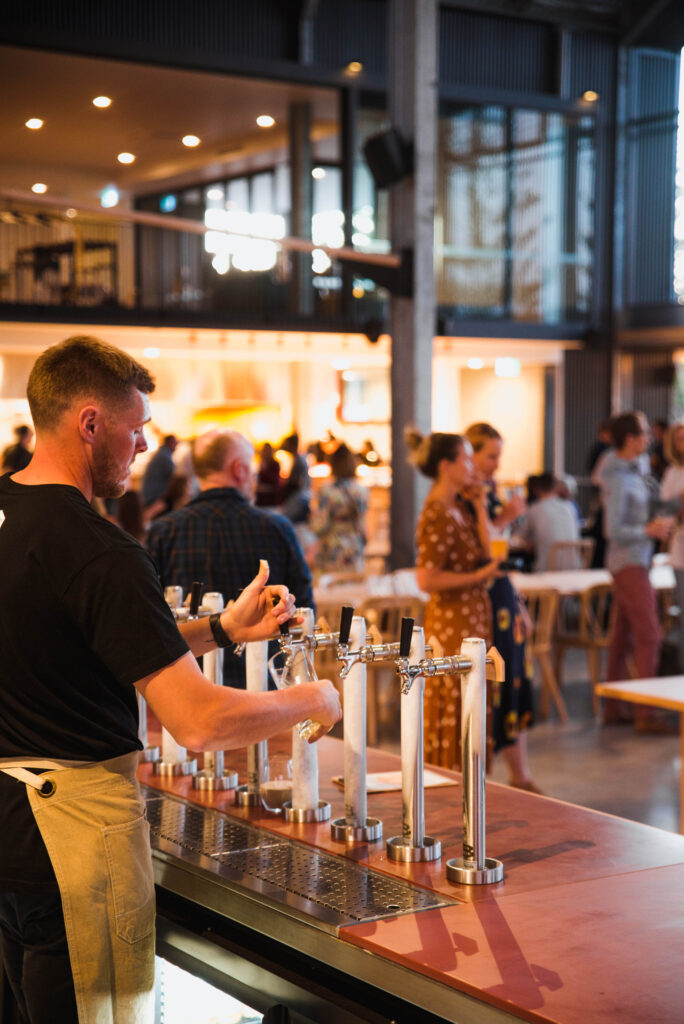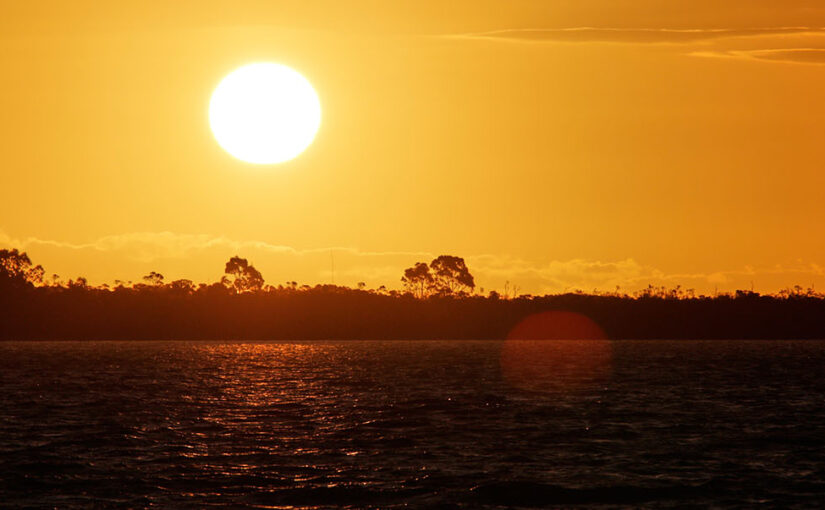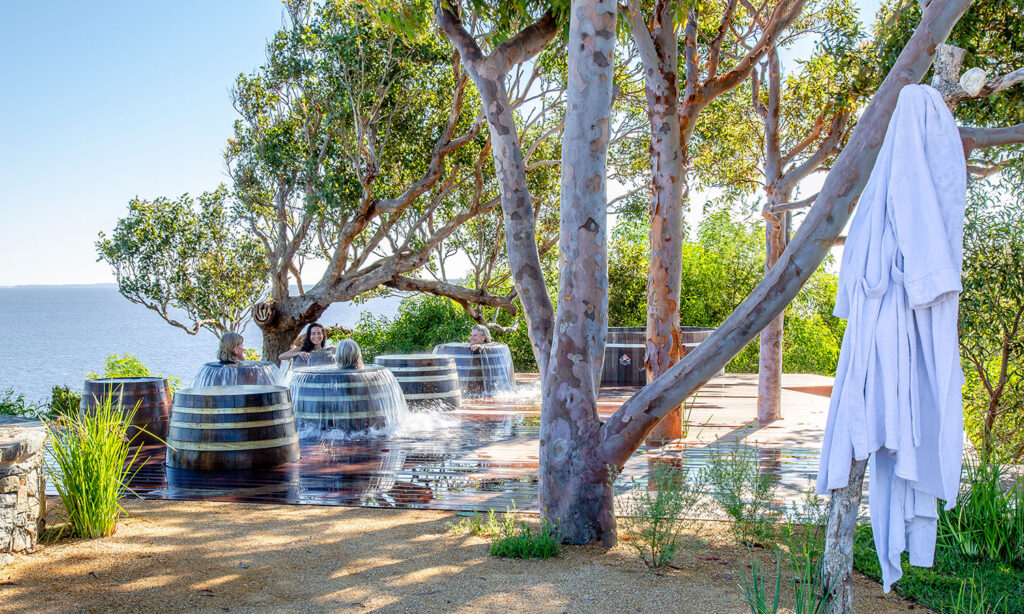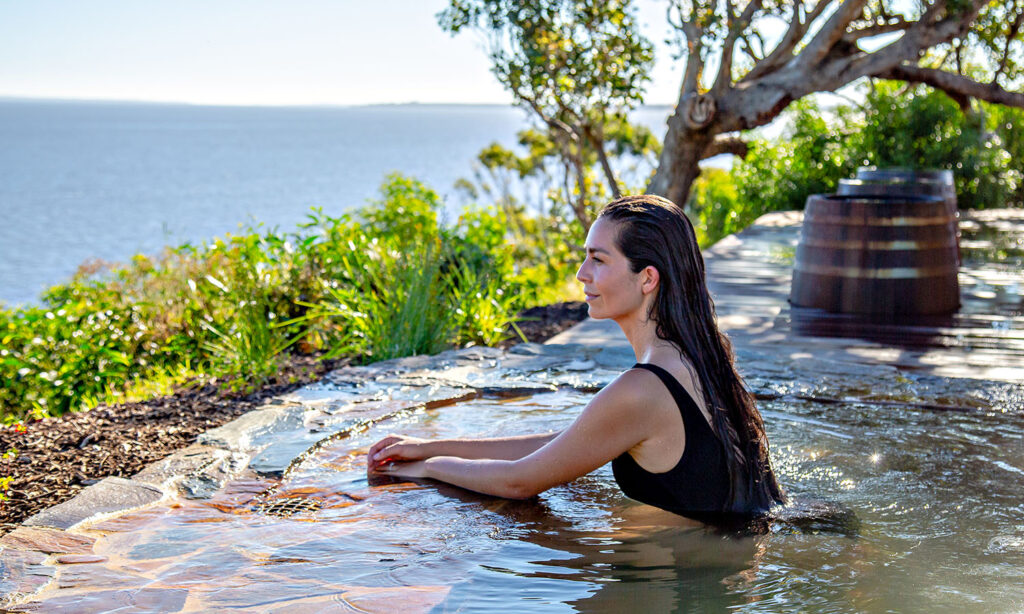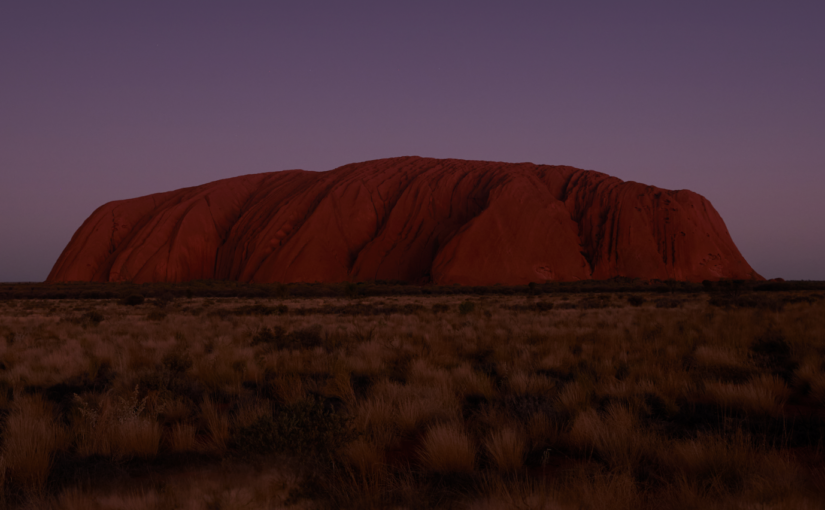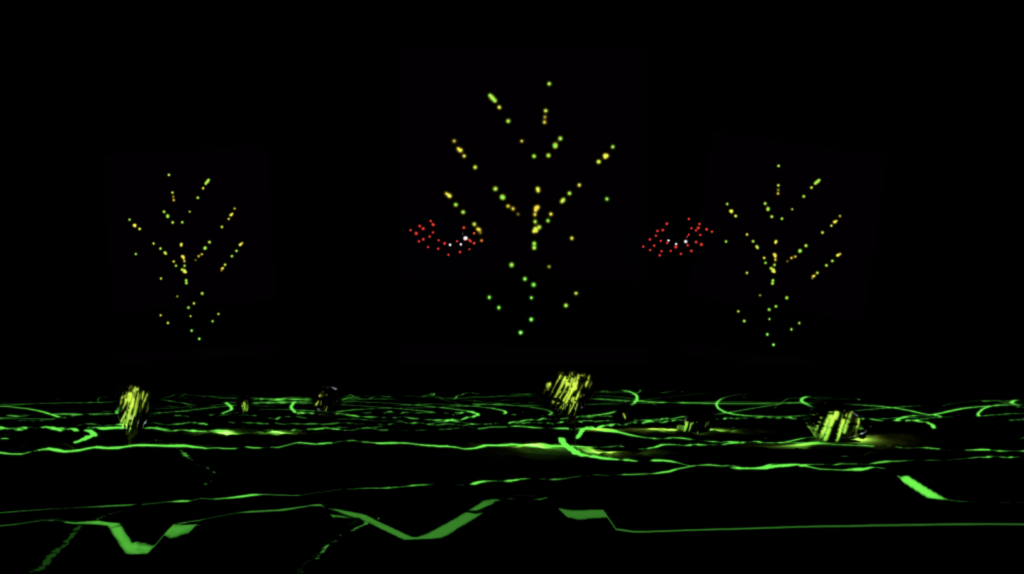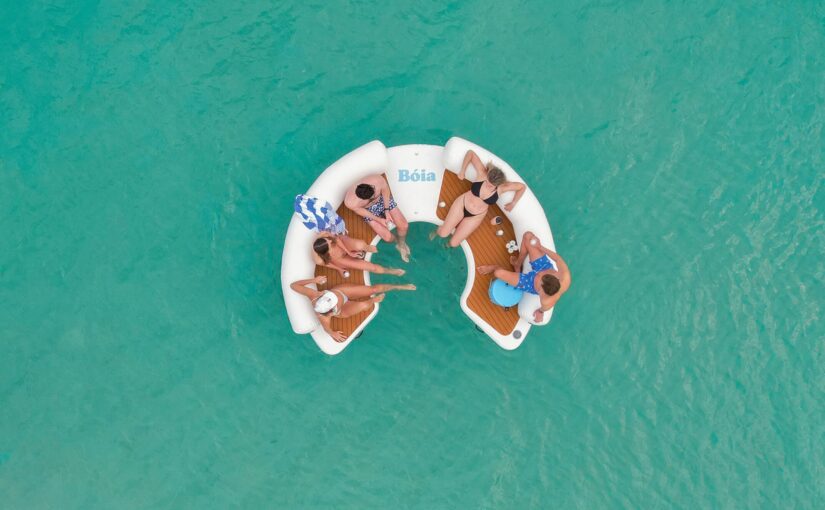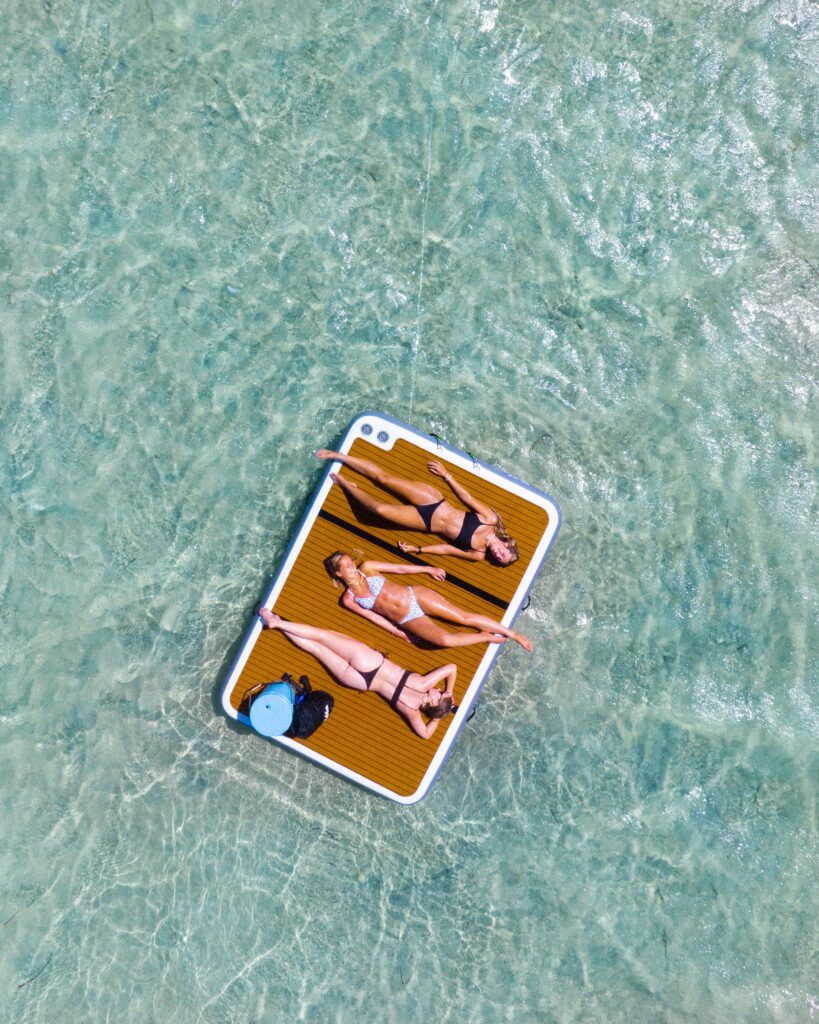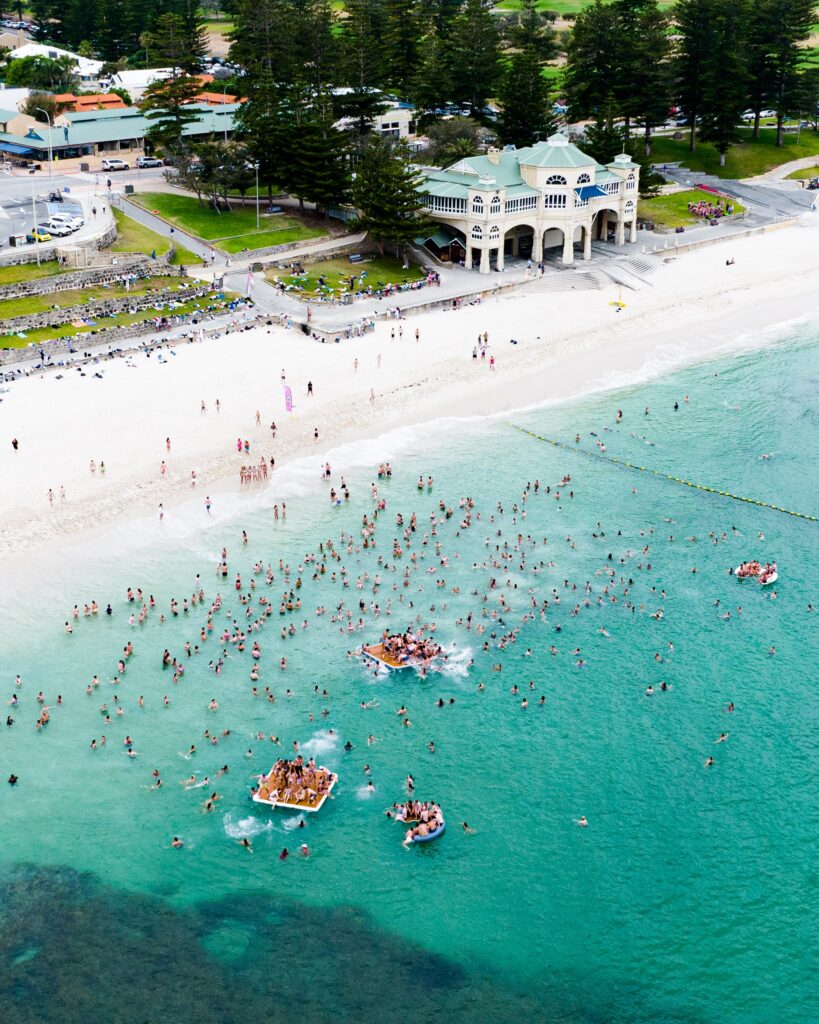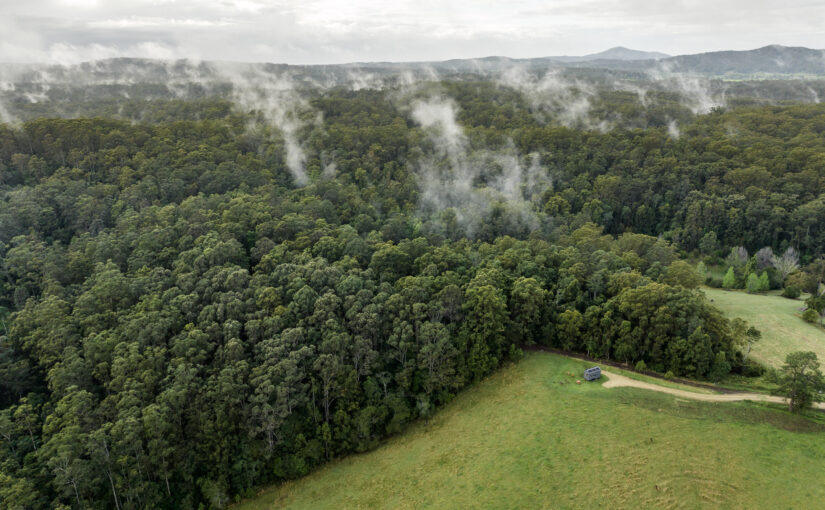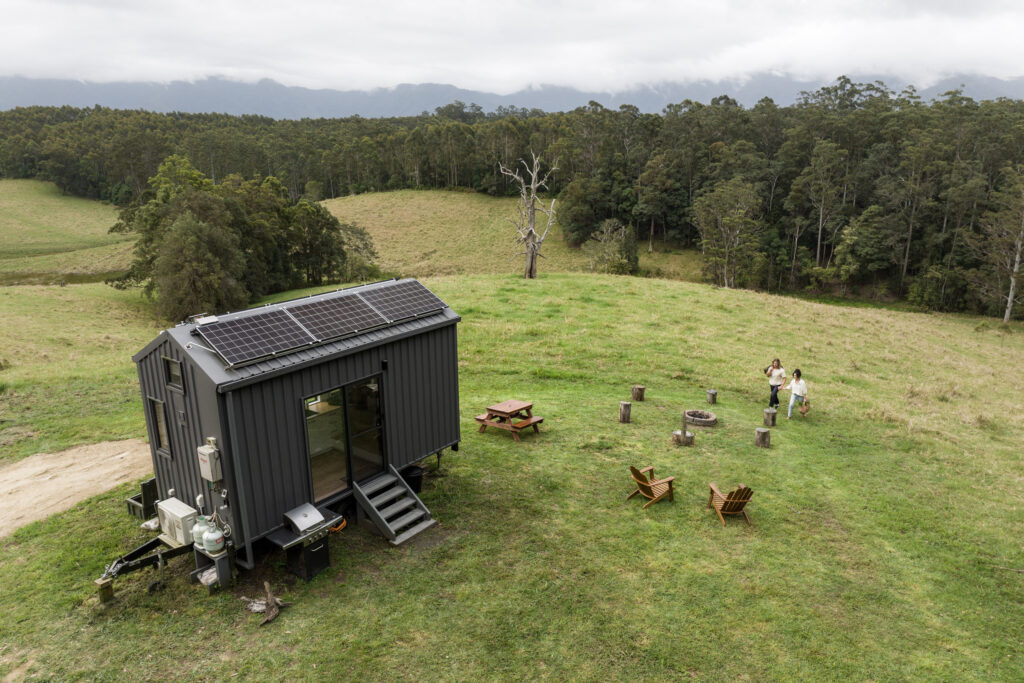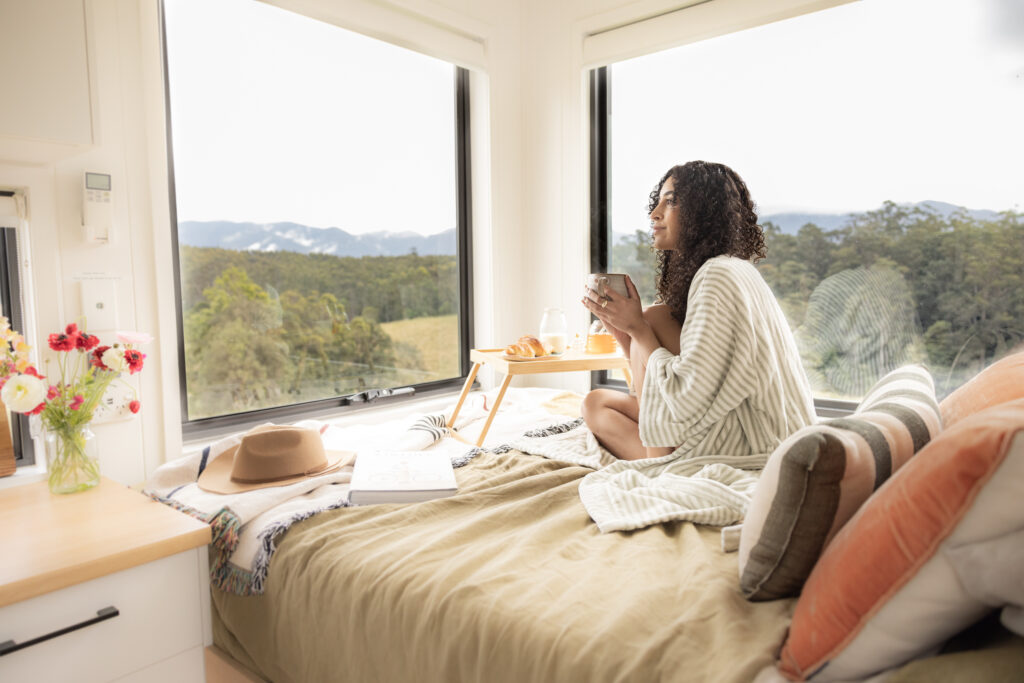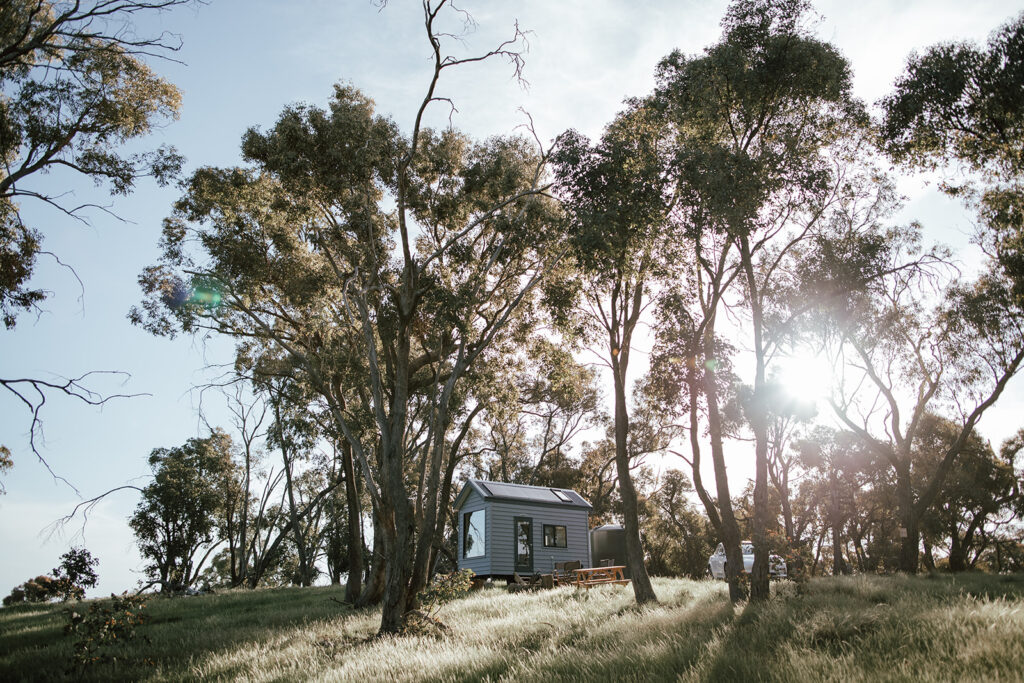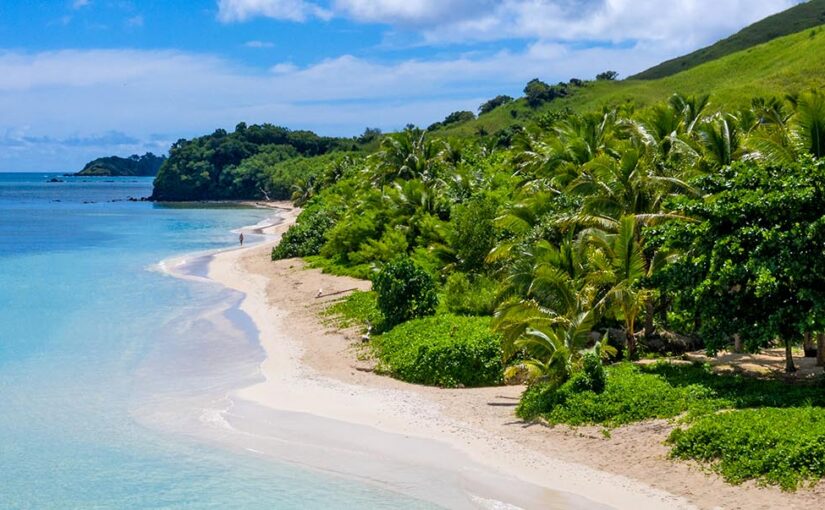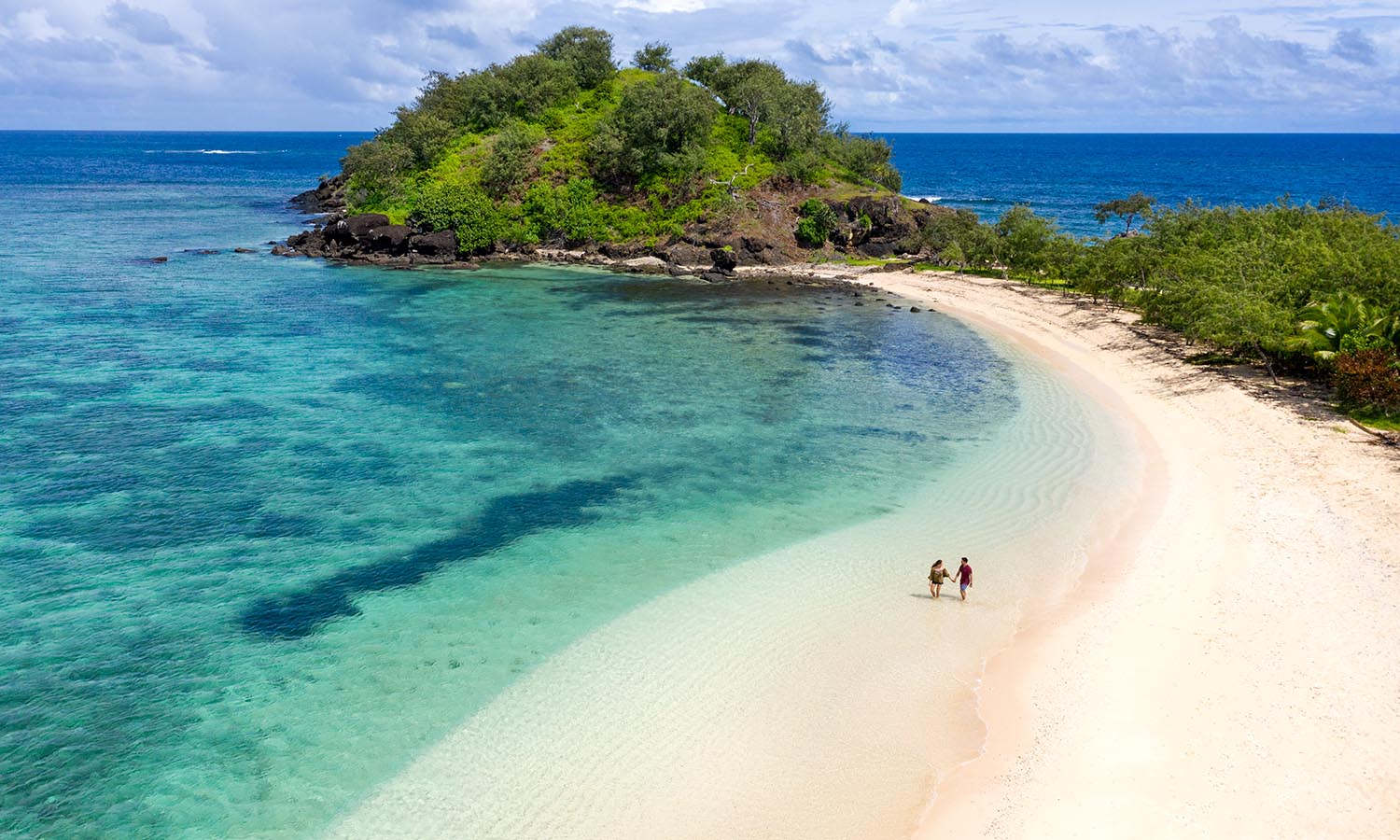One of the world’s most trusted travel brands has turned 50. Lonely Planet has been the bible for adventurous travellers the world over ever since the release of Across Asia on the Cheap in 1973.
Conceived by British-Australian power-travel-couple Tony and Jill Wheeler (pictured below, arriving in Australia in 1972), the little blue books have been like super powers for intrepid travellers over the last five decades, concealed somewhere in a backpack until revealing, when called upon, the coordinates of a bar deep in the Amazon or a difficult-to-find hostel next to waterfall in Thailand, or how to say hello in Yoruba.
The numbers
-
-
-
-
150 million – number of Lonely Planet guidebooks printed
-
4 destinations have exceed 2 million copies – Australia, New Zealand, Thailand and India
-
-
-
-
-
-
-
50 – South East Asia (formerly Across Asia on the Cheap) has been in print for 50 years across 19 editions.
-
320 – the number of travel writers that have hit the road since the pandemic restrictions lifted in 2022
-
1 – USSR edition, given that country had dissolved by the time the book had printed
-

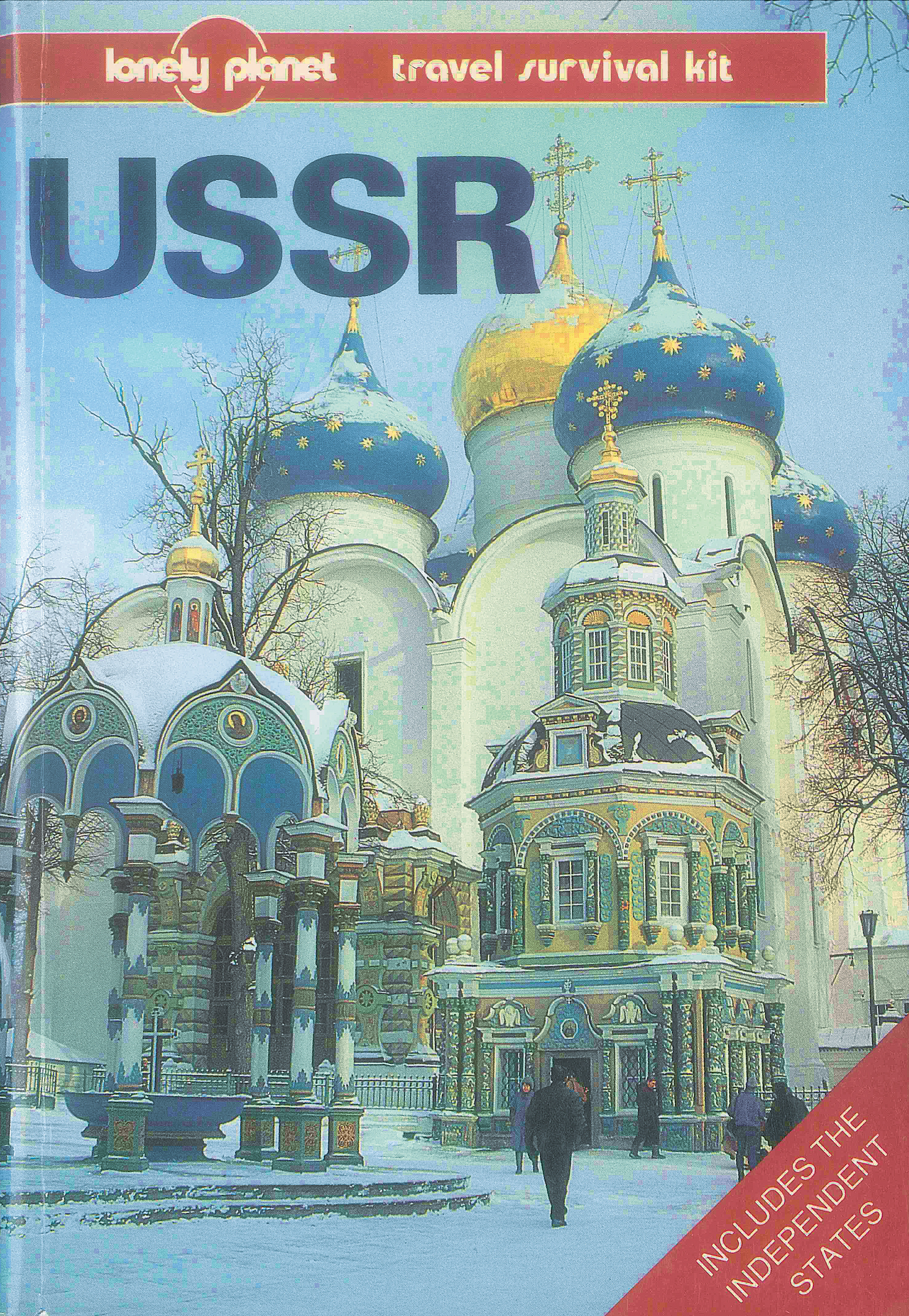
-
33 – the number of languages Lonely Planet publications have been translated into
-
95% – the % of destination content covered in Lonely Planet’s printed guidebooks
-
100% – all Lonely Planet titles are printed on FSC paper
-
-
-
From one set of travelling pioneers to the OG – congratulations on 50 years of bailing us out of trouble in the farthest flung locations.
 (
(
